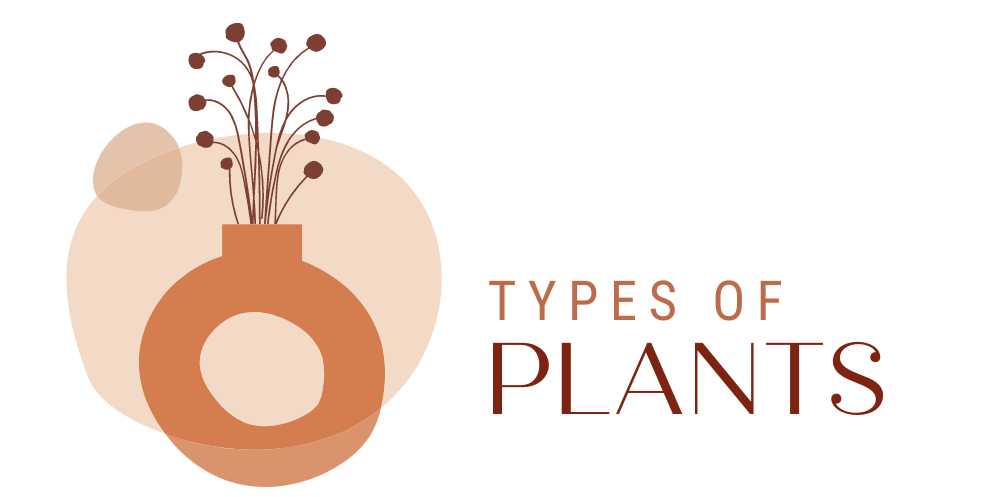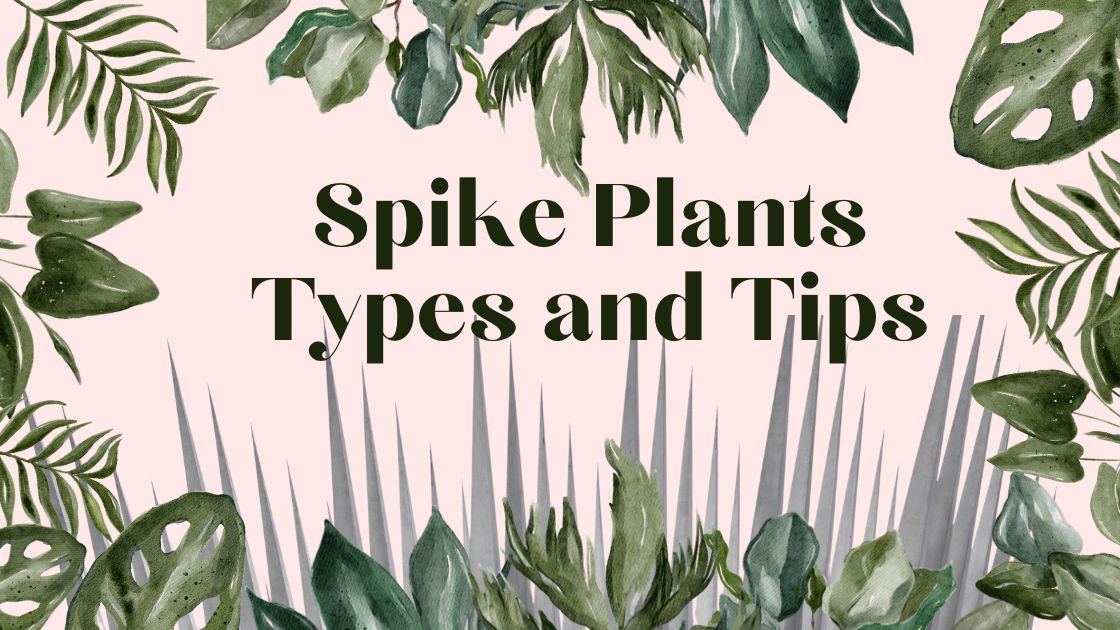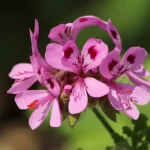What is a Spike Plant
The Spike Plant is a type of succulent that can be found in many parts of the world. The spike plant is usually found in tropical and subtropical areas of Central America and Asia.
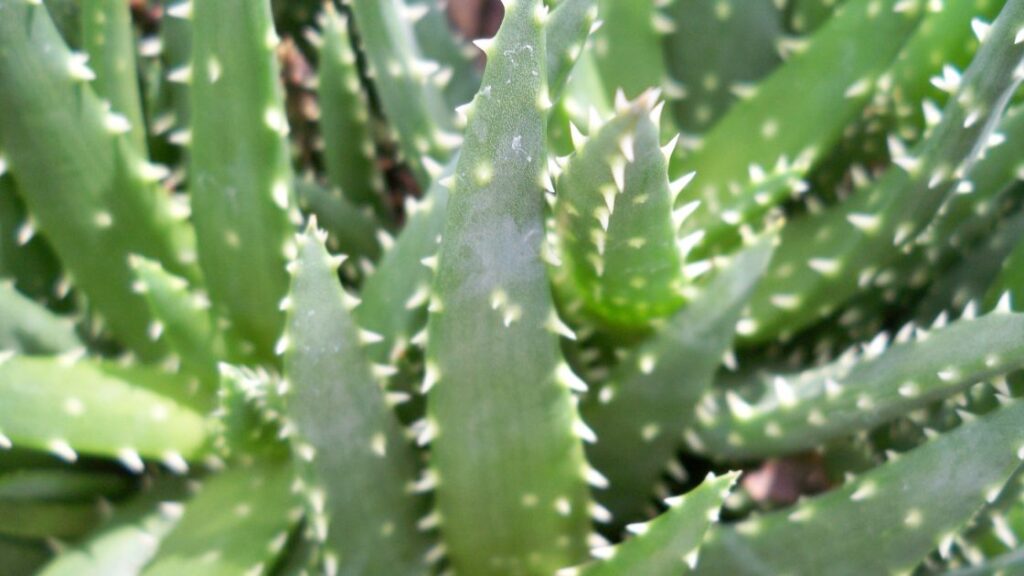
Interesting Facts About Spike Plants
- This plant is easy to grow if you help it avoid extreme weather conditions.
- It has long, spiky leaves that can reach up to a foot in length and produce small, pink flowers in the spring.
- It is a hardy plant that can withstand neglect and is easy to grow indoors or outdoors. However, it should be handled carefully as its spikes can irritate the skin.
- The Dracaena is a wonderful native African plant that is quite content being grown indoors and outdoors.
- This is an extremely popular plant that is said to be a part of the lily family, even though its appearance will say otherwise.
- Traditionally this plant was considered a houseplant, but now it finds its way into annual garden containers outside.
- Is characterized as having lance-shaped and very sharp-tipped leaves that can often be marked with beautiful markings of pink or white.
- This colorful spike plant can be grouped into two varieties based on how the plant grows.
One group of plants grows in arid deserts or semi-desert places and is characterized as having stout trunks and stiff broad leaves. This group is known as the dragon plant that leaks the said “dragon blood” when cut. The other group is grown indoors and has slender stems and very flexible leaves resembling more of a shrub.
It is interesting to know that the spike plant is not technically recognized as having any medical uses.
However, the red resin in some species, known as dragon blood, is used in some locations for medical purposes.
How To Care For A Spike Plant
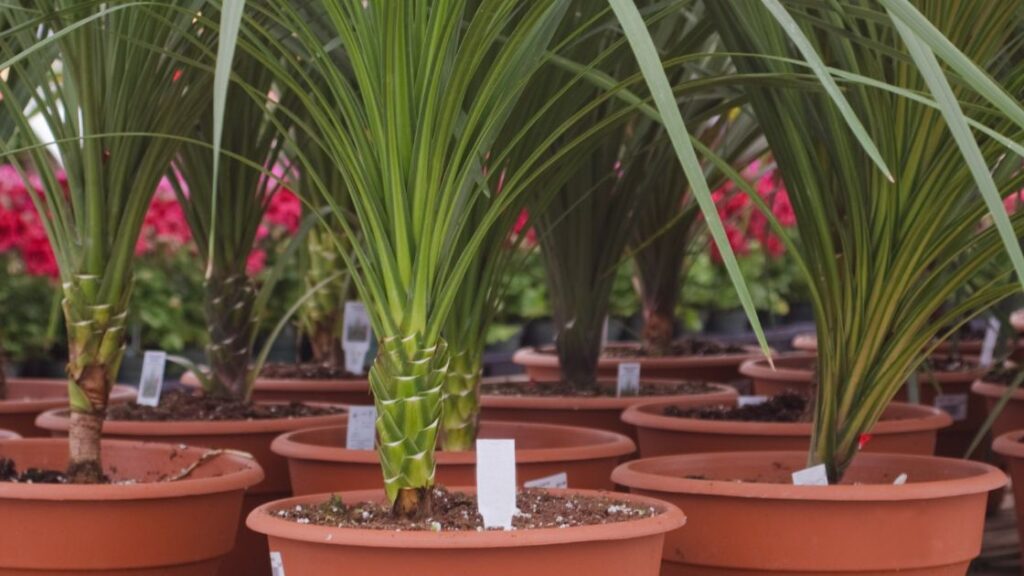
Climate
If you are going to grow the spike plant as an indoor plant, then you should know that it enjoys a moderate amount of sunlight but does not like direct sunlight.
It tends to thrive best for some reason near an Eastern window, but it can do just fine in a window in the South or West area of your home. Try not to allow the plant to feel extreme weather from outside. Temperature change is often the reason for the death of these plants.
Soil
When it comes to soil, the spike plant requires it to be of a very humid consistency; placing pebbles under the soil can often help add to the humidity of the soil.
This plant enjoys a good mist of water but is careful not to over-water it as the leaves of the plant will turn brown if you do.
It is very important to ensure this plant’s soil is dry before watering again. If the leaves do turn brown, it is recommended that you trim them away.
Watering
To keep your spike plant extra happy, ensure you do not have fluoride in your water; they hate fluoride.
You can test for this before bringing the plant home to know if you will need to get a supply of water for it.
The fluoride can make the leaves turn yellow or cause the plant to die. If you really want to spoil your spike plant, water it with rain water; They love that. Just leave a bucket out when it rains and “shower” it with a gift later.
Fertilizer
These plants also prefer if you do not fertilize them, so save your money.
The best quality about the spike plant is that it filters toxic chemicals like benzene or formaldehyde out of the air.
NASA’s Clean Air Study has proven this. There are many reasons why the spike plant is popping everywhere.
If you haven’t tried one yet, you probably should.
Types of Spike Plants For Home
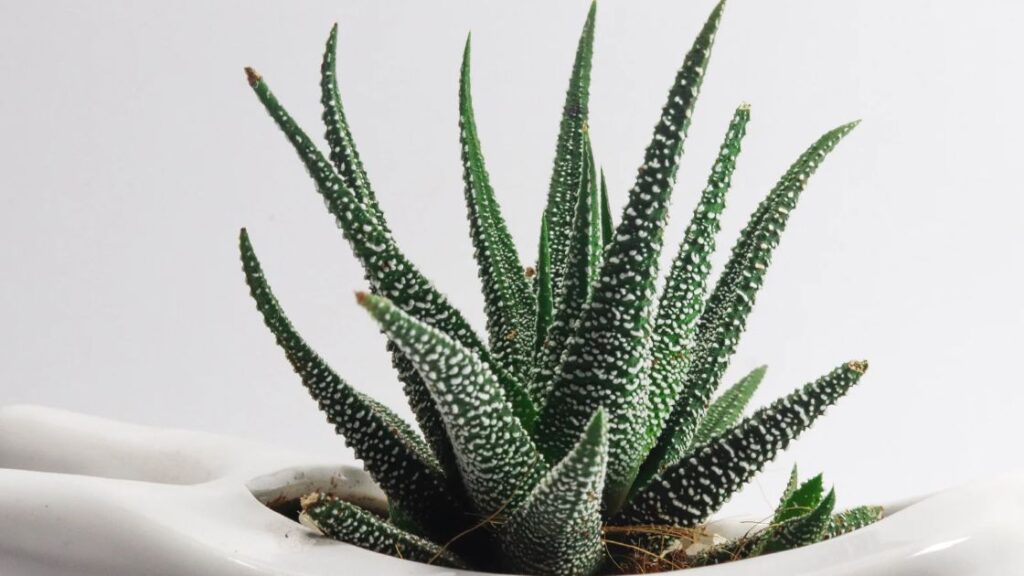
Many different types of Spike Plants can be used for home decoration. One of the most popular is Aloe Vera, which has long, spiky leaves and produces pink flowers. It is a hardy plant that can withstand neglect and is easy to grow indoors or outdoors.
Another popular type of Spike Plant is the Yucca, which has long, sharp leaves that can reach up to five feet in length. It produces small, white flowers in the summer and is a hardy plant that can withstand drought conditions.
The Jade Plant is a popular type of succulent with long, spiky leaves that can reach up to a foot. It produces small, pink flowers in the spring and is a hardy plant that can be grown indoors or outdoors.
There are many different types of Spike Plants available for home decoration, each with its unique features and benefits.
With so many options available, it is easy to find the perfect Spike Plant for any home garden or landscape.
Here are some Spike Plant types you’ll love
- Ponytail Palm: Also known as the Elephant’s Foot, it has long, thin leaves that resemble ponytails and can grow up to 10 feet tall.
- Jade Plant: Native to South Africa, has thick, round leaves and can grow up to 3 feet tall. It is also a popular houseplant.
- Aloe Vera: Commonly known for its skin-healing properties and can grow up to 2 feet tall. It is also a popular houseplant.
- Crown of Thorns: Native to Madagascar, it has long, spiky leaves and small, red flowers. It can grow up to 3 feet tall.
- Elephant Bush: Native to South Africa, has thick, succulent leaves and can grow up to 3 feet tall. It is also a popular houseplant.
- Kalanchoe Tomentosa (Pussy Ears): Has fuzzy, gray-green leaves and can grow up to 2 feet tall. It is also known as the Chocolate Soldier plant because its leaves turn brown when exposed to direct sunlight.
- Agave attenuata (Fox Tail Agave): Native to Mexico, Has long, curved leaves and can grow up to 6 feet tall. It is also known as the Swan’s Neck Agave.
- Echeveria: Has rosette-shaped leaves and comes in various colors, including green, blue, and purple.
- Haworthia fasciata (Zebra Plant): This type of Spike Plant has thick, triangular leaves with white stripes and can grow up to 6 inches tall. It is also a popular houseplant.
Common Questions About Spike Plants
Can a Spike plant survive winter?
The answer to this question depends on the specific type of spike plant and where it is located. Some types, such as lavender, are not hardy enough to survive harsh winters and must be brought indoors or protected with mulch. Others, like sedum, can withstand freezing temperatures and snowy conditions. It is important to research the specific needs of your spike plant and take necessary precautions to ensure its survival during the winter months.
How long does a spike plant last?
It depends on the specific species and growing conditions, but some spike plants can have a lifespan of several years. However, they have often grown annually and may only last one season. Proper care, including regular watering and fertilization, can help extend the plant’s lifespan.
Where should I plant a spike plant?
The best place to plant a spike plant is in well-drained soil with full sun exposure. They can also tolerate partial shade but may not flower as abundantly. It’s important to space them appropriately, allowing for enough room for their roots to spread and grow without overcrowding. Spike plants can also be grown in planters or containers as long as they are big enough and have proper drainage. Overall, as long as the spike plant has ample sunlight and well-drained soil, it should thrive in its location.
Should you cut back spike plants?
It depends on the specific plant and its desired shape or appearance. Some spike plants may benefit from trimming to promote fuller growth, while others may have a naturally spiky shape that should not be altered. It is always best to research the specific plant and consult with a gardening expert before making any drastic cuts.
How do you care for a spike plant? Tips and Tricks
To care for a spike plant, ensure it is planted in well-draining soil and place it in an area with bright, indirect sunlight. Water the plant regularly, allowing the soil to dry out slightly between waterings. Trim off any dead or dying leaves as needed. Fertilize monthly during the growing season. Protect the plant from extreme temperatures and watch out for pests like mealybugs.
There are roughly 40 species of spike plants that come in various sizes and forms. These plants tend to attract mealy bugs and spider mites, so it is important that you check your plants well before you buy them. If it is used as a house plant, it is rare to become infected after bringing it home.
Spike plants are a great addition to any garden or home. They are easy to care for and don’t require much maintenance. If you follow these simple tips, your spike plant will thrive and be beautiful for years to come.
